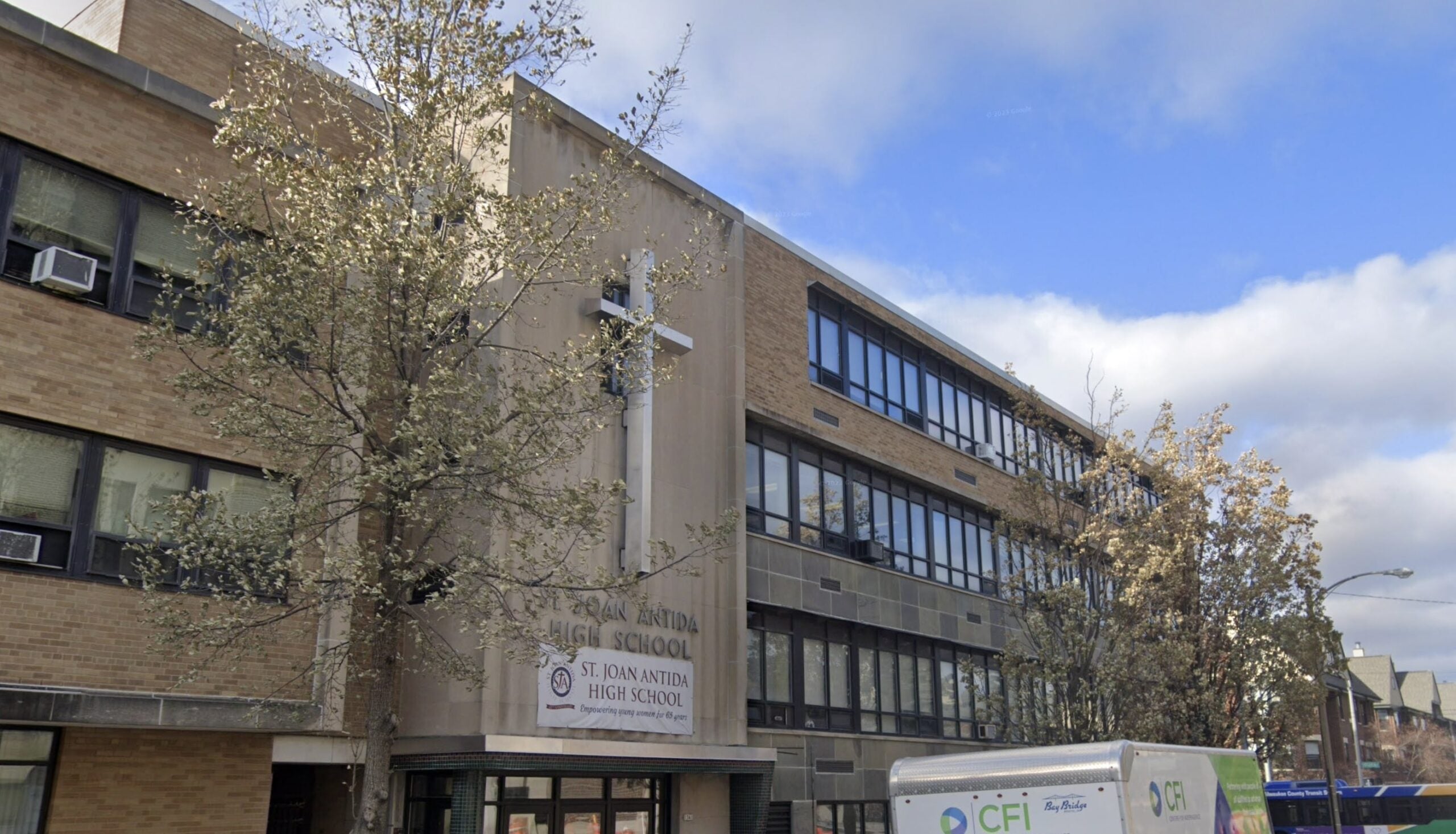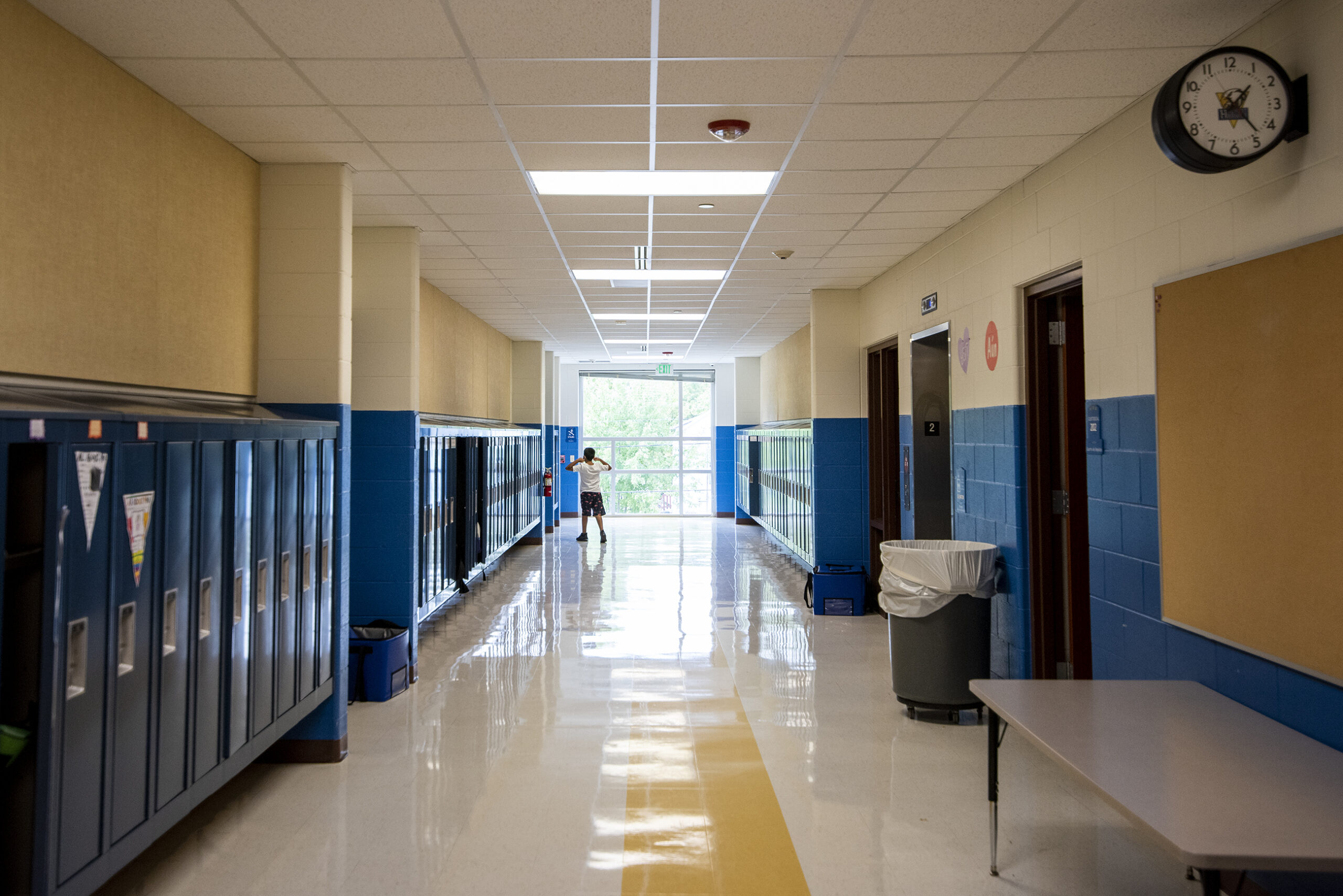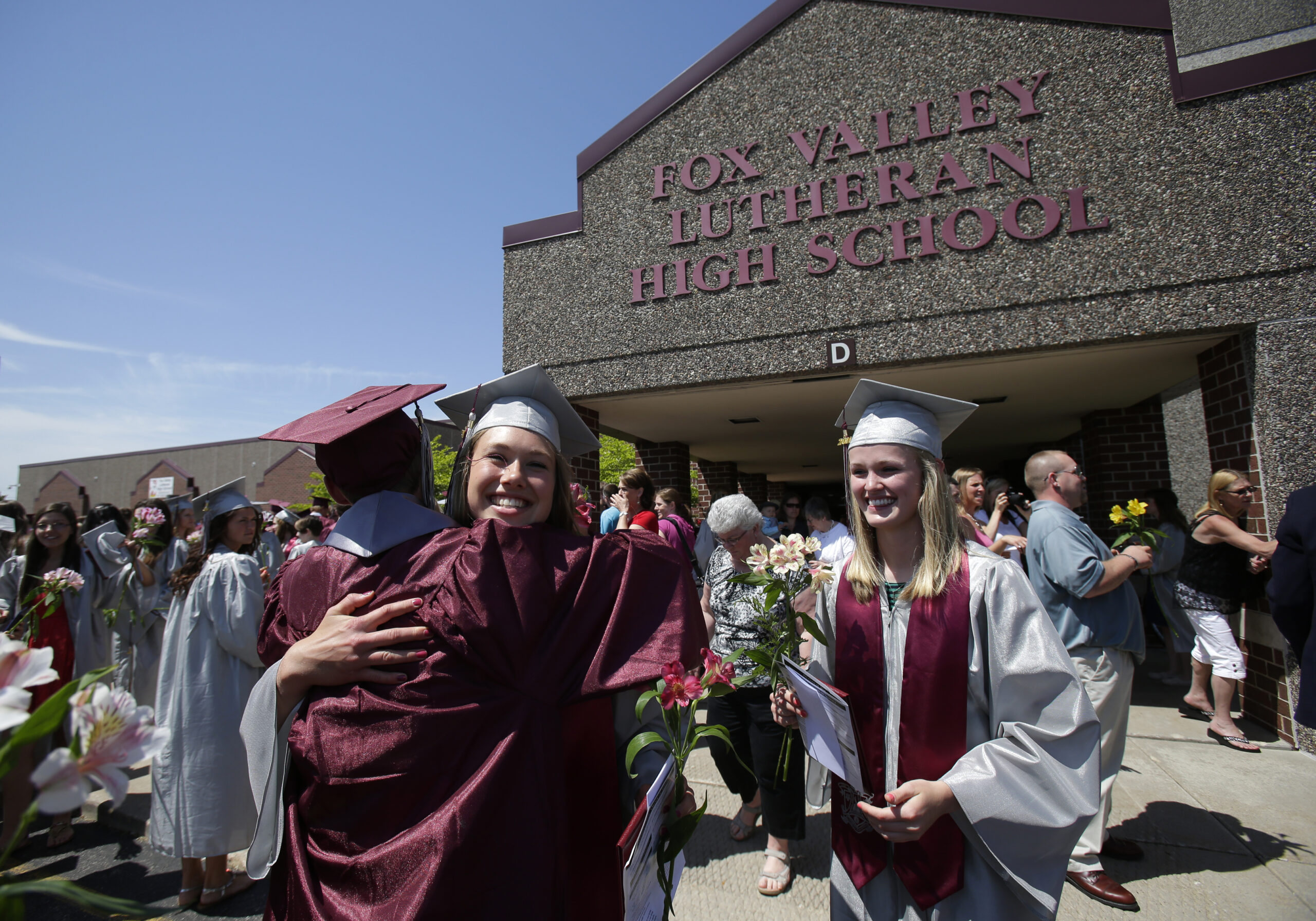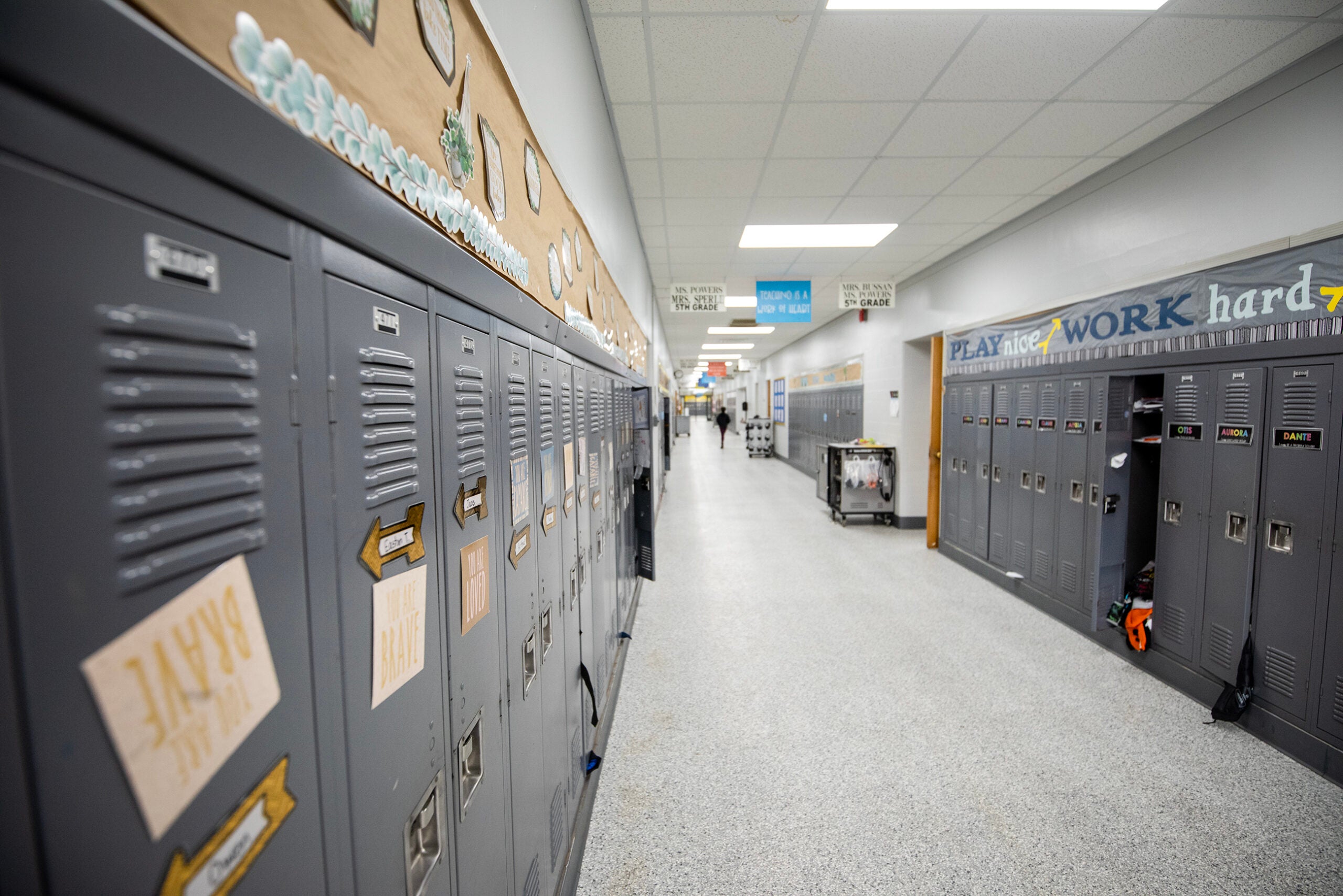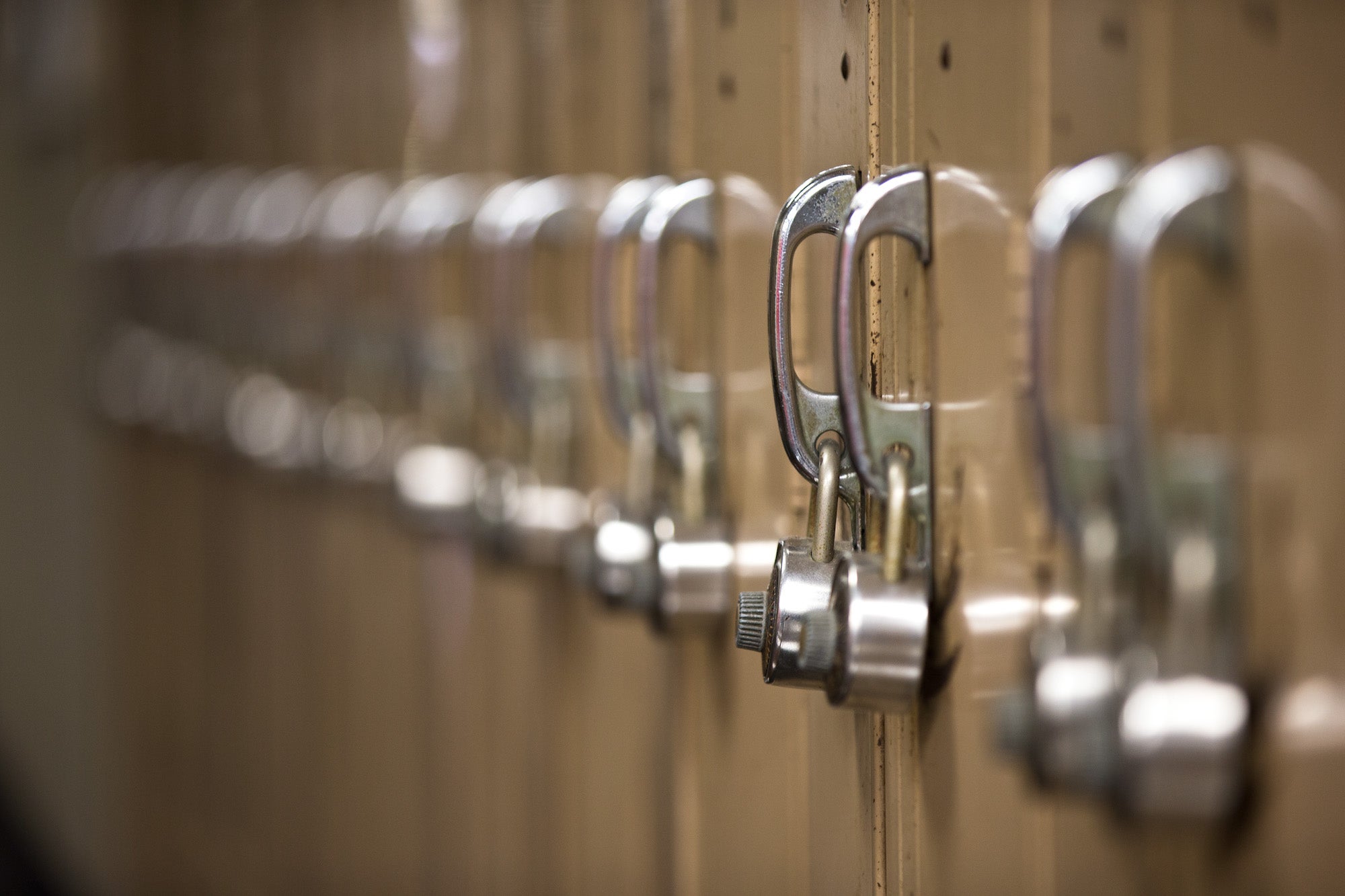The sweeping local government funding plan moving through the state Legislature includes $1 billion for Wisconsin’s public schools and a substantial increase in public funding for the state’s private schools.
The plan boosts funding to K-8 private choice schools from about $8,400 per student to $9,500 per student. Private choice high schools will go from $9,045 to $12,000 per student.
The money the state directs to the school choice program goes directly to private schools as payments for each student they enroll.
News with a little more humanity
WPR’s “Wisconsin Today” newsletter keeps you connected to the state you love without feeling overwhelmed. No paywall. No agenda. No corporate filter.
During the 2022-23 school year, 373 private schools enrolled approximately 52,000 students in the four existing parent choice programs in Wisconsin.
Legislative Republicans are touting the private school funding included in the local government funding plan as “transformational,” as it is the largest expansion in funding since the program was founded.
“The good news is every one of the numbers is still less than what is spent on any public school in the state,” Assembly Speaker Robin Vos, R-Rochester, said during a press conference Thursday. “We are lucky in Wisconsin that we have an incredibly robust school choice program. For the kids who need a different school, and the parents who want a different alternative, they will have the resources to keep those schools as great as they are today.”
Republicans have said public schools get $14,000 per student.
In the 2021-22 school year, Wisconsin’s public schools received a total of $16,859 per student, which came from a combination of local property taxes, federal sources and the state. Of that, about $7,728 came from the state, according to the Department of Public Instruction.
“In fact, some of the federal funding factored into that district per pupil calculation is required to be used for services for private school students, meaning it does not support the kids attending public schools in that district,” said Abigail Swetz, DPI spokeswoman. “It is not legitimate for the Republican legislators to take credit for funds that come from local and federal sources, and if the Republican legislators and voucher advocates are claiming that the state provides $14,000 per student, that is patently untrue.”
Democratic Gov. Tony Evers has said he will sign the bill.
The Wisconsin Coalition for Education Freedom praised Republicans and Evers for including funding for school choice in the proposal.
The coalition represents several groups including School Choice Wisconsin, the Badger Institute, Wisconsin Institute for Law & Liberty and Wisconsin Manufacturers & Commerce.
Will Flanders, research director with WILL and a coalition member, said the additional funds will allow private choice schools to be more competitive with teacher retention and hiring. And he said the increased funding may open more slots for students at choice schools.
“Our fundamental belief is that the value of a student should not change depending on what school door they go through,” Flanders said. “And again, given the concerns about inflation and how difficult it is to hire teachers, it makes it difficult to be competitive when there is such a big gap, so that’s why we think this is critical.”
Flanders said the new deal makes Wisconsin among the highest in terms of the ratio of public school and private school choice funding.
Public schools say private choice schools are receiving too much money
Both private and public schools have struggled to hire teachers.
A 2022 survey by School Choice Wisconsin found there were 355 open K-12 teacher positions at the 133 choice schools that responded. Similar research found Milwaukee Public Schools was down 230 teachers and the Madison Metropolitan School District had 140 teacher vacancies during that time frame.
The funding plan also includes an increase to public schools, consisting of a $325 per student increase in each fiscal year and increasing the revenue ceiling from $10,000 to $11,000 per student.
The plan also invests $30 million over the next two years to support school-based mental health services statewide.
But the Milwaukee Teachers’ Education Association said that’s not enough to support students or public schools.
“While public school students would see a meager increase that fails to keep pace with inflation, this deal would increase taxpayer payments to private voucher schools by 13 percent for K-8 voucher schools and 33 percent for private voucher high schools,” said Amy Mizialko, president of the Milwaukee Teachers’ Education Association. “It is an insult to every public school student, worker and taxpayer to see the $7 billion surplus that was built on their backs result in yet another budget that fails to adequately fund Wisconsin’s public schools.”
Plan also puts police officers in Milwaukee Public Schools
The Milwaukee teachers’ union and others, including Milwaukee advocacy group Leaders Ignigting Transformation, or LIT, took issue with the requirement that Milwaukee Public Schools hire 25 police officers as school resource officers.
This could cost up to $1 million with no state funding.
A survey from the Wisconsin Professional Police Association of 1,119 Wisconsin adults conducted in February 2022 found two-thirds believed having police officers in public schools increased school safety. But a 2018 report from LIT and the Center for Popular Democracy found police presence in Milwaukee schools and the district’s truancy program discriminated against Black and brown students and students with disabilities.
The report found that despite Black students making up 55 percent of the population, they made up 84 percent of referrals to police.
“LIT believes that school safety is best achieved when school leadership prioritizes talking to, learning form and collaborating with students to seek solutions,” the organization said in a statement. “Our communities deserve real solutions to promote school safety and help students thrive on and off campus.”
The funding plan is expected to be voted on this week.
Editor’s note: This story has been updated to include additional information from the Wisconsin Department of Public instruction.
Wisconsin Public Radio, © Copyright 2025, Board of Regents of the University of Wisconsin System and Wisconsin Educational Communications Board.

